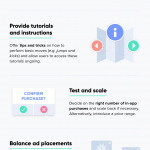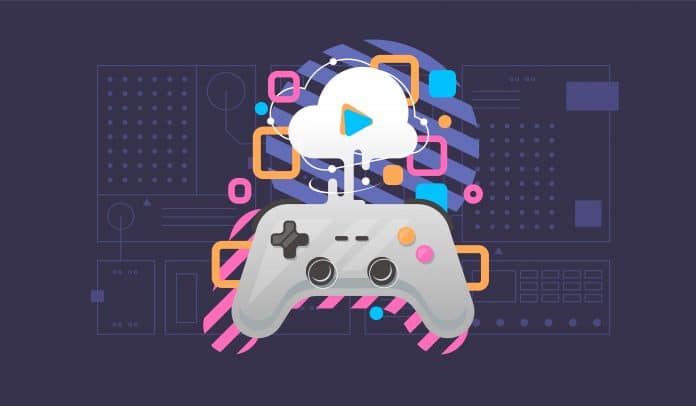Gaming is a billion dollar industry. With billions of players logging on everyday, developers are looking for ways to monetize and keep their players coming back for more.
That’s where Games-as-a-Service (or GaaS) comes in. Games-as-a-Service allows developers to make money from their games long after the release date.
We are all familiar with World of Warcraft, which is a perfect example of GaaS. WoW and other massively multiplayer online games (MMOs) make money by charging players a monthly subscription fee to gain access to the game. Their devoted fanbase is willing to pay the fee for hours of monthly entertainment, and the WoW developers get to continue earning money for their work.
But a monthly fee isn’t the only option for GaaS revenue streams. Some developers opt for a microtransaction option, allowing players to customize their gaming experience by paying only for the add-ons that they want. For some games, this means certain levels, powers or redos can only be accessed through a paywall. For others, this means you can buy additional clothing or personalization items that aren’t available in the free game.
Both of these groups are equally important. While those who participate in microtransactions provide publishers with more reason and revenue to continue adding features and levels into their games, the players who participate in the monthly subscription model are the ones who keep the games running and paid for. Whichever route a developer chooses to take is equally lucrative but different in the way they communicate with their user base.
The success stories for GaaS speak for themselves. World of Warcraft, Fortnite, Animal Crossing, and Pokemon Go are four of many incredibly lucrative GaaS systems. WoW offers a monthly subscription fee to players for a community and evolving storylines, bringing in net earnings of $8 billion. Fortnite brings in net earnings of $5 billion by offering in-app purchases to game players. Both of these games are massively popular, with devoted fan bases that are willing to pay the fees.
Other GaaS games earn revenue by generating a significant amount of press and attracting new players — such was the case for the popular Animal Crossing: New Horizons and Pokemon Go games. Animal Crossing has brought in nearly $3 billion in revenue, as it offers paid game updates and events for players. Pokemon Go also brought in nearly $2 billion through microtransactions.
One thing is for certain, GaaS is here to stay. What that looks like for each developer varies, but the main goal is always to provide quality content for your players while also bringing in a lucrative revenue stream.
For more information on GaaS, check out this infographic:








